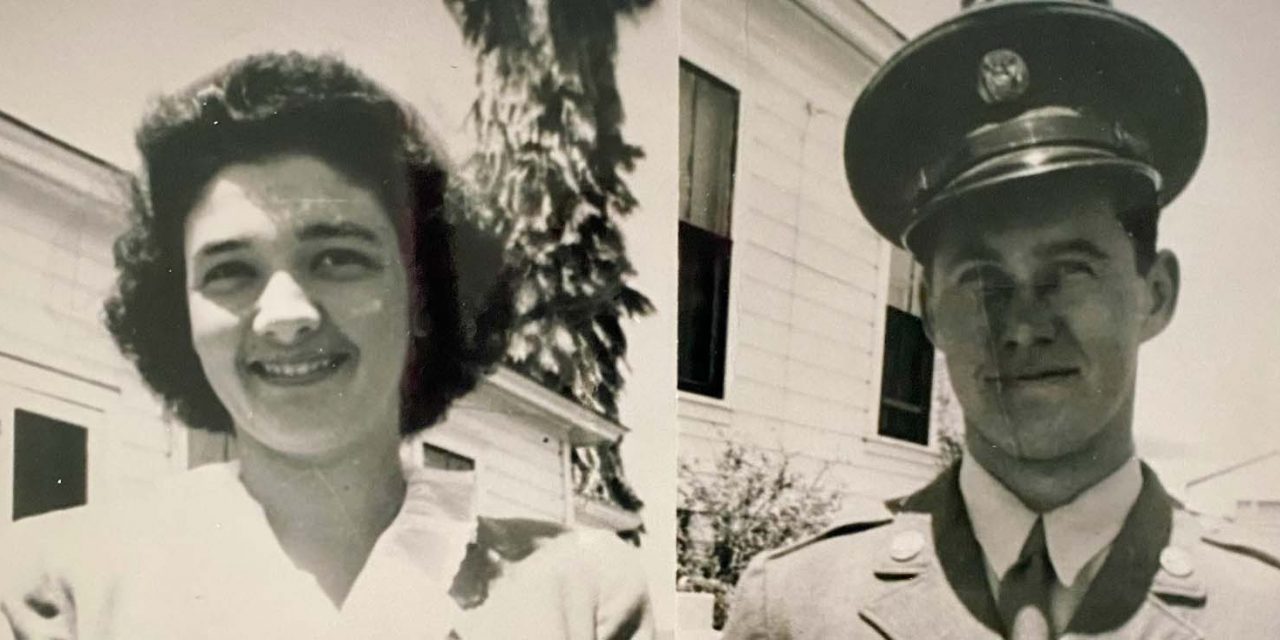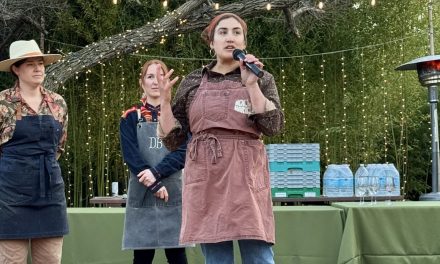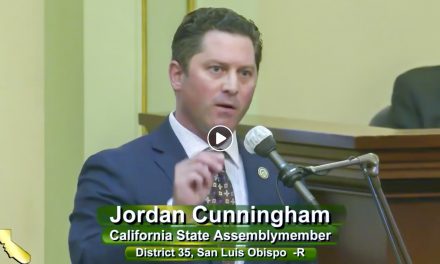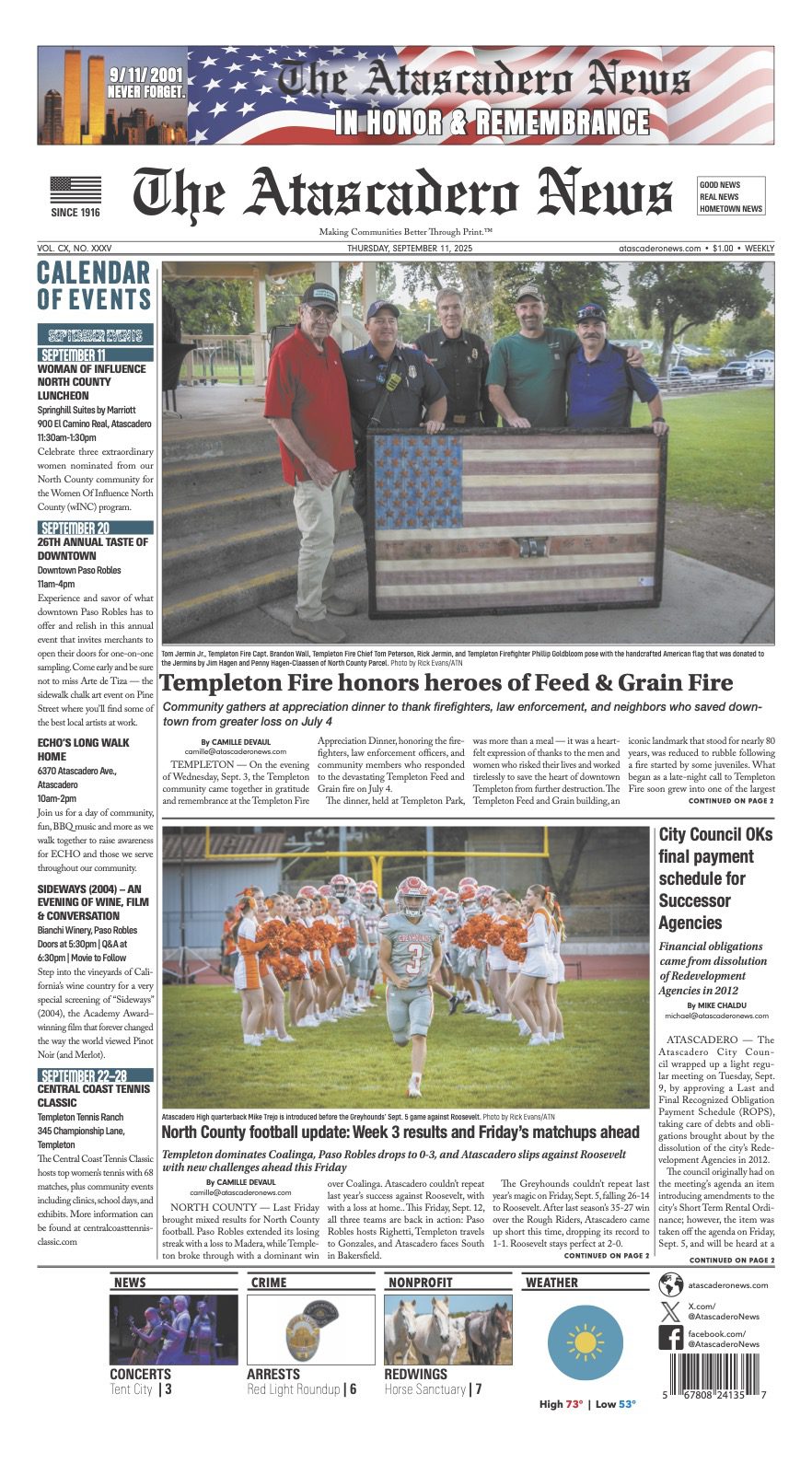This year marks the 80th anniversary of the attacks on Pearl Harbor
SANTA MARGARITA — On Sunday morning, Dec. 7, 1941, at 8:00 a.m., hundreds of Japanese fighter planes dropped bombs over the Pearl Harbor United States Naval Base just outside of Honolulu, Hawaii. The attack killed more than 2,400 Americans and wounded 1,000 people. Eight battleships and over 300 airplanes were destroyed.
More than that, the attacks on Pearl Harbor ignited a new phase of the war in Europe. It brought the United States into war with Japan and Germany, creating World War II (WWII).
This year marks the 80th anniversary of the attacks on Pearl Harbor. Santa Margarita native and resident Harold Lowe’s memories of Pearl Harbor are crystal clear–even at his age of 102.
When I came to Lowe’s home in Santa Margarita, I asked if he would like to talk old war stories with me–his face simply lit up with glee.
On the morning of Dec. 7, 1941, around 9:00 a.m. Lowe was sitting in his barracks and reading the paper while at basic training in Fort Lews, Washington.
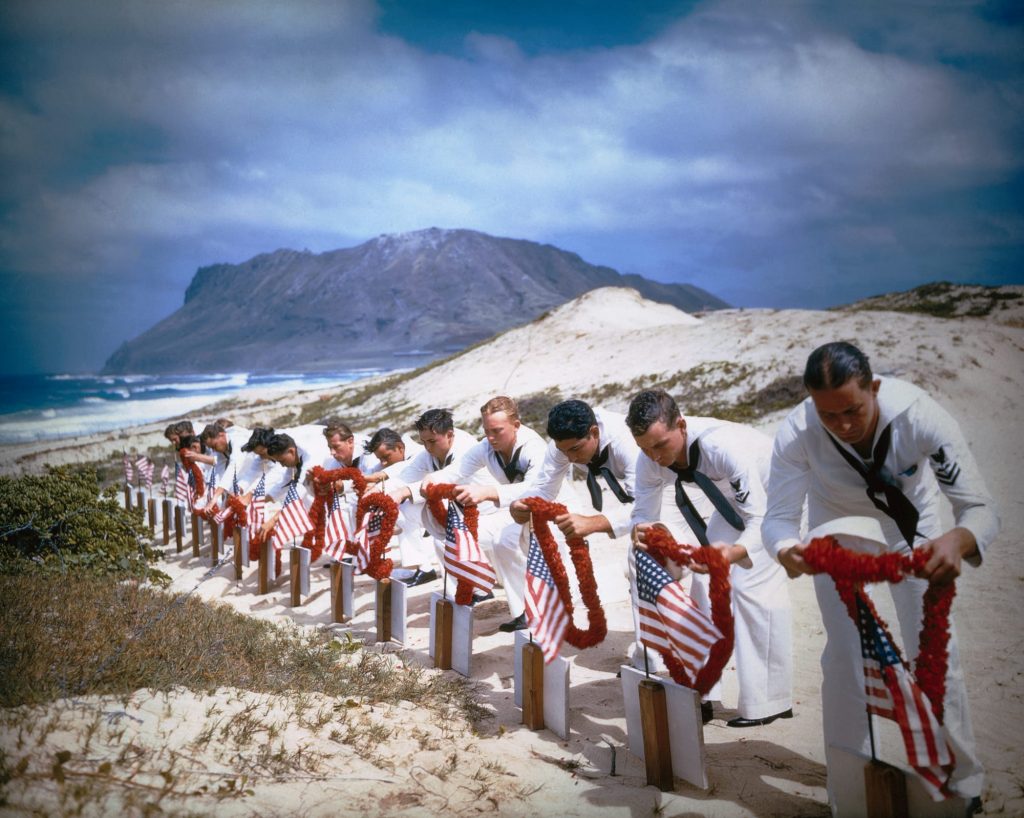
Lowe recounted the exact moment he learned Pearl Harbor was attacked, “All of a sudden here comes Corporal down the stairs yelling, ‘Get your clothes on and out of bed, we’re at war! Japan has swarmed Pearl Harbor!'”
He was just 22 years old at the time and in the reserves. War was in full bloom in Europe, and the ideas of the U.S. joining were consistently looming–until now. As far as Lowe and his commanding officers knew, their fort could be next for the Japanese to attack.
That evening, Lowe and his comrades were ordered to gather their belongings and get their rations of food and ammunition. That night, they were then instructed to head out into the forest and pitch a tent. He recalls having to use their lighters as a light to read their cans of food and decide what was for dinner–and don’t make any noise.
He says, “They didn’t know what was going to happen. They were preparing for if the Japanese were to going to raid Fort Lewis. Everybody knew we were going to go to war with Japan, and everybody was mad they bombed Pearl Harbor. But they didn’t know how far the Japanese were going to come.”
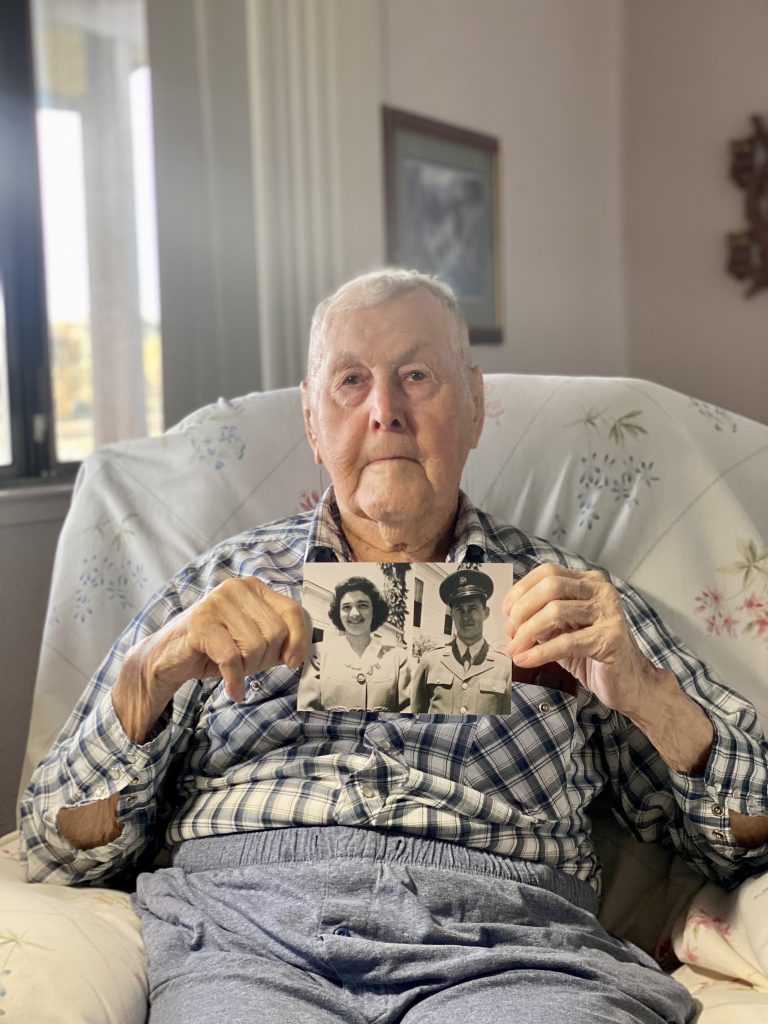
During this time, the men were full of nerves and uncertainty for what was next for them. Lowe says all the basic training in the world wouldn’t have prepared them for what war really was like.
Lowe was one of the first drafted into the army reserves, and following Pearl Harbor, he was placed into the 162nd Infantry Regiment, a regiment of the Oregon Army National Guard. After Fort Lewis, Lowe was relocated to Portland, Oregon, where one of his first assignments was to guard a bridge which he later found out was over the Columbia River.
He was told to guard a bridge over 2 miles long, alone, with one rifle, in the snow and freezing temperatures. What Lowe wasn’t told was that he was guarding a swing bridge. During his first shift on the bridge, Lowe heard the honk of a boat. This honk was followed by the bridge below his feet to begin rotating. He looked down and saw water and clung to the bridge walls for dear life. This little Santa Margarita boy never even knew bridges could move until now.
After some time, it was finally decided that Lowe and his fellow infantrymen would be shipped out overseas. Even then, the men didn’t know where overseas they would be going and wouldn’t know until they got there months later.
The men traveled to New Jersey by train with armed guards in every cart–watching for runaways.
“Nobody wanted to go to war,” said Lowe. Most of them were drafted, and most of them were afraid of what lay ahead of them. He remembers some men did get away, leaving the train during a stop and the guards let them go–they didn’t know how they could shoot down their own men.
Eventually, Lowe and the men made it to New Jersey. Upon arrival, they were given some time to gather clothing and whatever else they may need, including haircuts, which Lowe did.
On Mar. 1, 1942, Lowe was loaded onto a ship in the Brooklyn Navy Yard. As they set sail, Lowe took his chance to wave goodbye to Lady Liberty through the porthole, the first and last time he ever saw her.
Lowe finally landed in Australia on Apr. 9, 1942. He spent 28 months overseas there and in New Guinea. Days after making it back home in Santa Margarita, Lowe married the love of his life, Ginny. They have been married for 77 years, and to this day, he is forever grateful for the little lady who waited for him.

